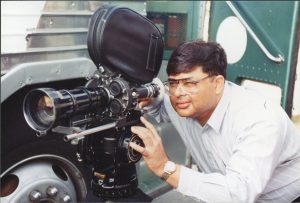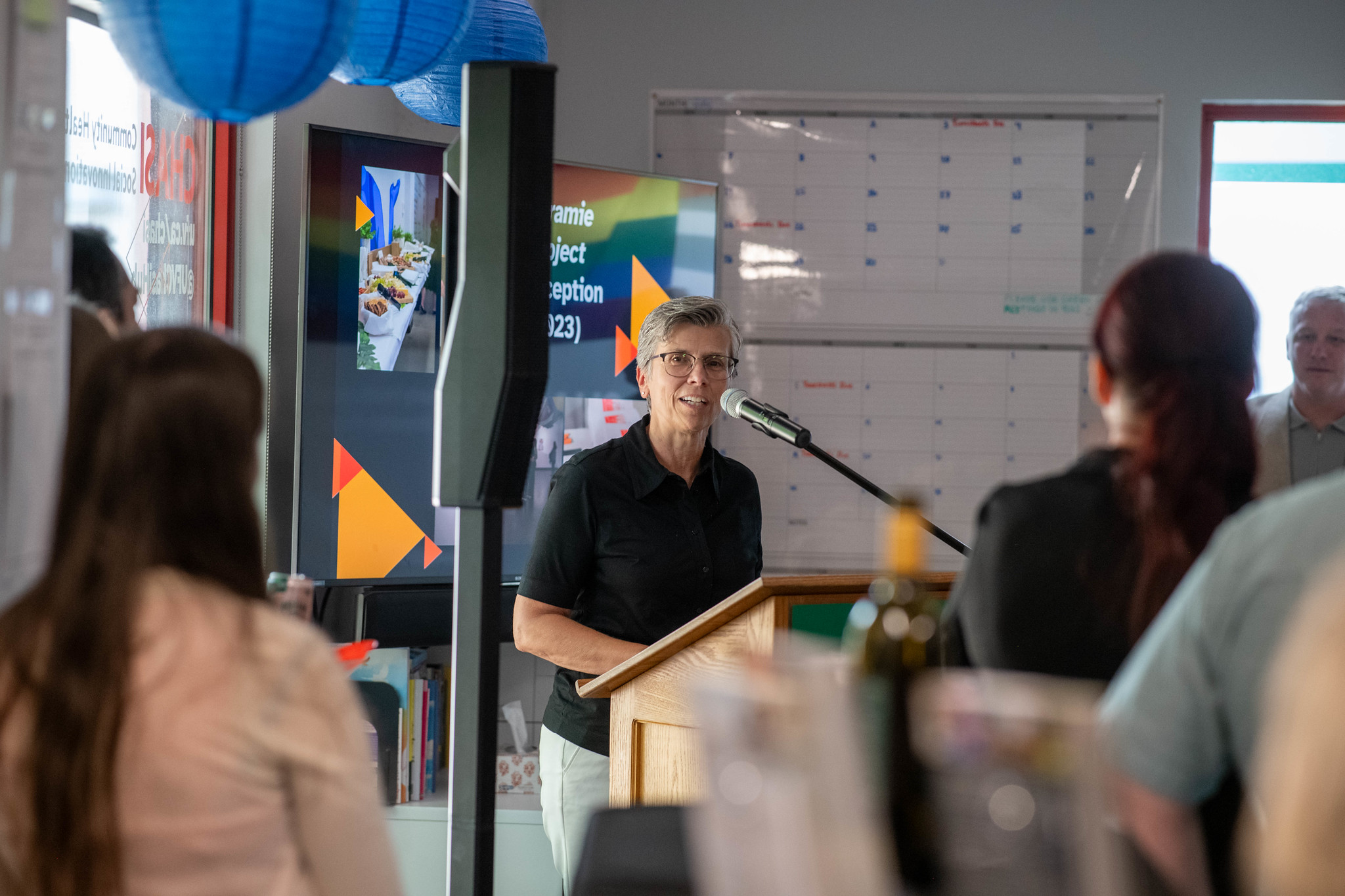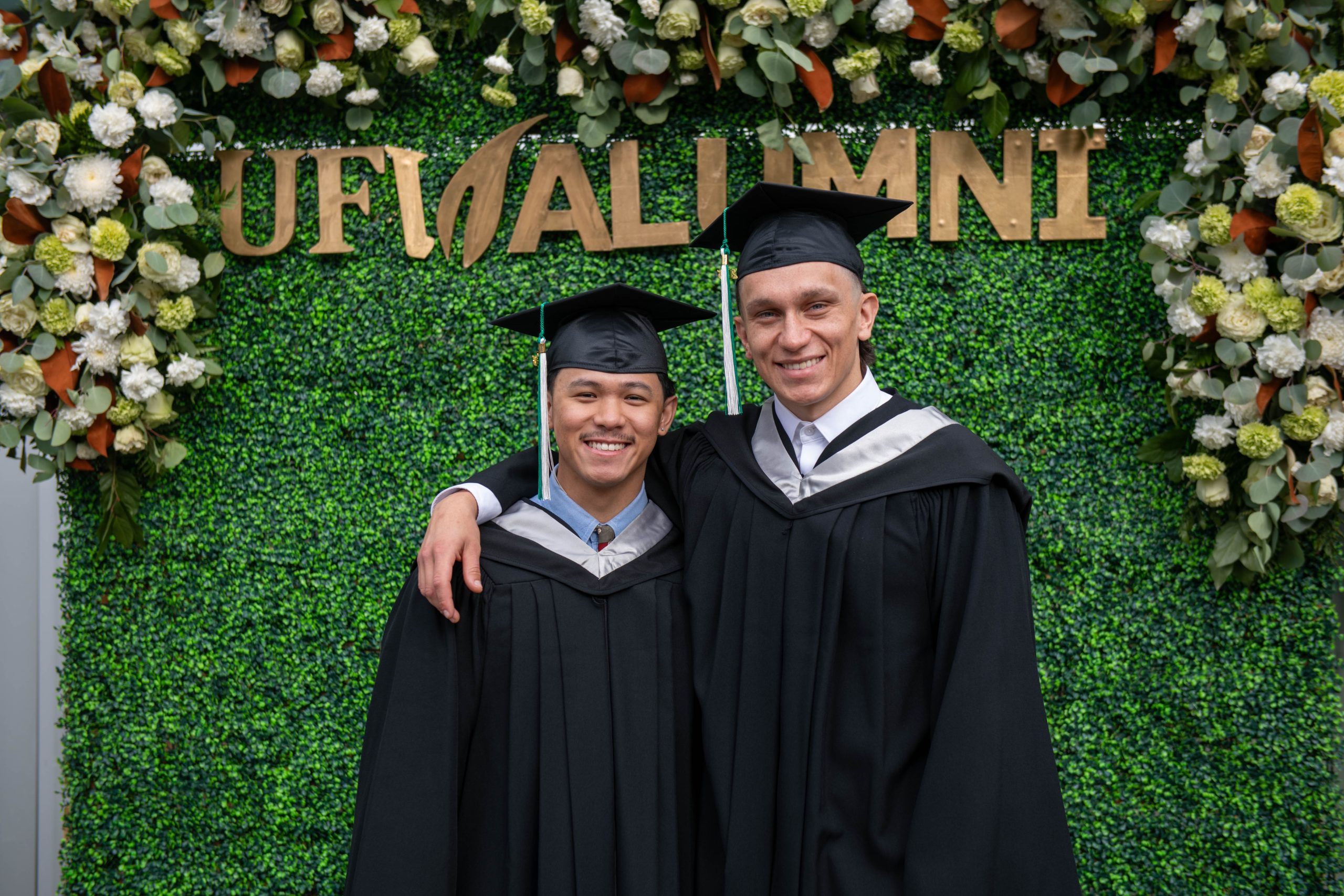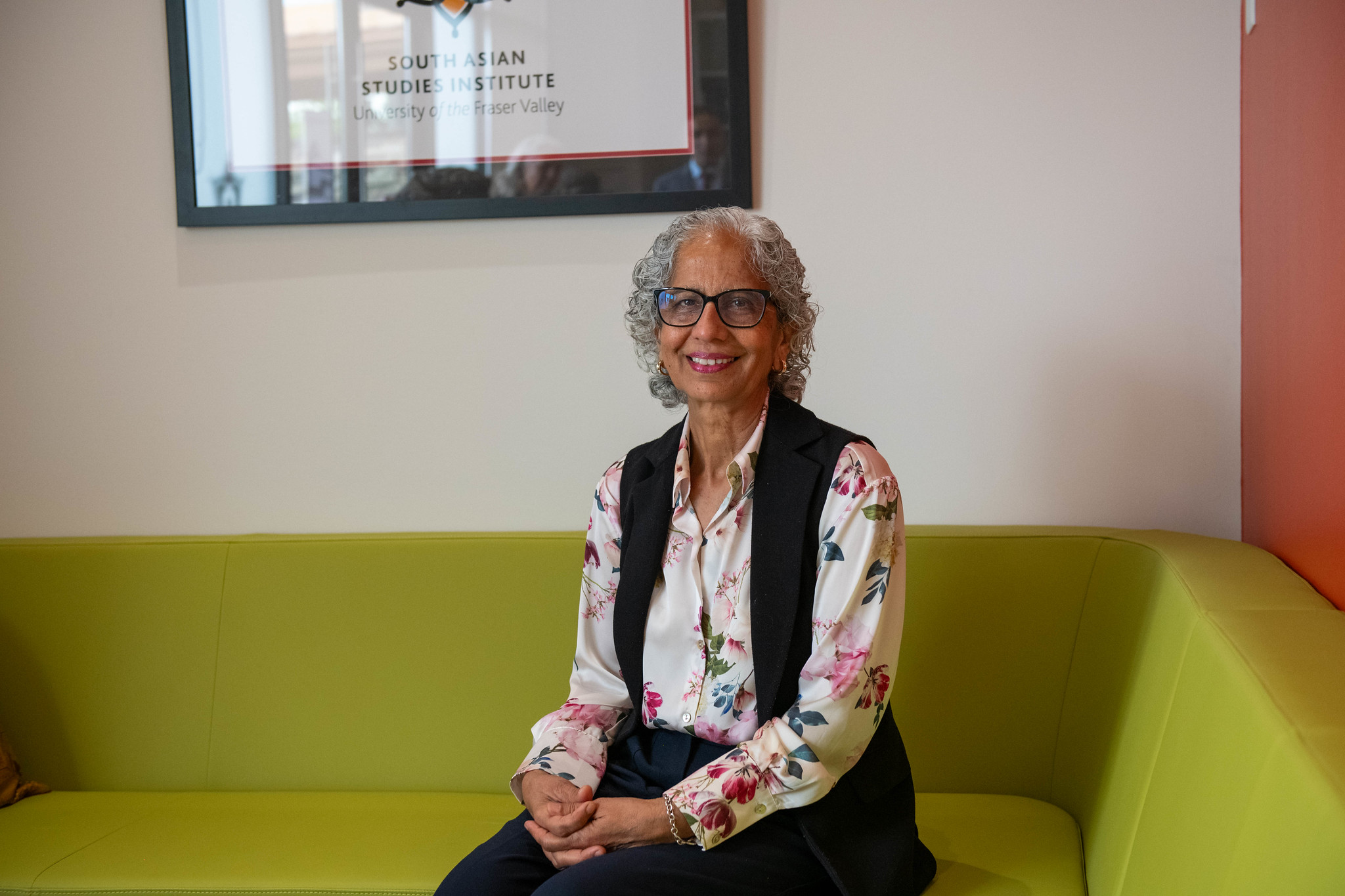One photographer’s legacy writes a new chapter of Canadian history
It was a rainy October day in Vancouver, BC when Dr. Satwinder Bains, director of UFV’s South Asian Studies Institute, stepped into a garage full of three million photos.
“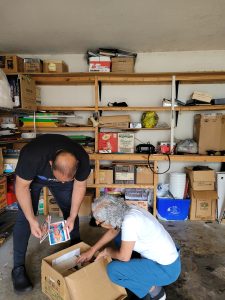 There’s maybe 100 boxes in there,” the photographer’s son, Vimal Bodalia, had guessed on the phone. It was 2021. Chandravadan “Chandra” Bodalia had passed away four years earlier, leaving his extensive body of work to the care of his family. For years, the boxes shared garage space with Vimal’s collection of classic cars. Fearing possible damage, the Bodalias knew the photos needed to be professionally cared for — so they reached out to the South Asian Studies Institute (SASI).
There’s maybe 100 boxes in there,” the photographer’s son, Vimal Bodalia, had guessed on the phone. It was 2021. Chandravadan “Chandra” Bodalia had passed away four years earlier, leaving his extensive body of work to the care of his family. For years, the boxes shared garage space with Vimal’s collection of classic cars. Fearing possible damage, the Bodalias knew the photos needed to be professionally cared for — so they reached out to the South Asian Studies Institute (SASI).
After three years of thoughtful negotiations, SASI partnered with the Royal BC Museum and BC Archives to preserve and digitize the collection. On the day of the transfer, they crouched on the floor of Vimal’s garage and opened one of the boxes. Among the photos at the very top: images of an event at UFV.
In the end, there were 400 boxes with more than three million photos to comb through — and that’s not even counting a box full of SD and CF cards. They encapsulate one man’s life and career, and the many lives he intersected with in the course of his work.
Chandra moved from Gujarat, India to Vancouver in 1976, where he worked as a photojournalist at The Link and The Voice while freelancing on the side. In both his professional and personal work, he devoted himself to recording the lives of the South Asian communities around him.
Every one of the photos fills a historical gap in the Canadian narrative, where the stories of over a million South Asian Canadians have gone untold.
“Our culture, faith, politics, practices and contributions don’t show up in the Canadian record,” says Satwinder.
“While Chandra’s body of work was a very personal endeavour, it is now a national treasure. The photographs say that South Asian people were everywhere. We have heritage and history in Canada. We’re not just arrived, we’re not temporary citizens, we are contributing partners in Canadian living.”
Satwinder remembers Chandra as a quiet man with an unassuming charm — a constant fixture in the back of every event, political rally, festival, wedding, birthday, concert, and townhall meeting from 1980 to 2017.
“Everybody knew Chandra,” she says fondly. She appears in the collection herself, smiling next to BC’s former Attorney General Wally Oppal in 2014.
“Although he was a man of few words, he spoke through the photos,” says Thamilini Jothilingam, SASI’s digital asset archivist. “They are a beautiful way of seeing his inner world.”
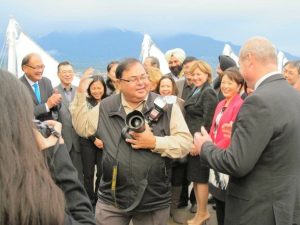 In the words of Chandra’s son, the pictures are his eyes.
In the words of Chandra’s son, the pictures are his eyes.
Chandra kept a meticulous log of every event he ever photographed, often travelling to multiple shoots in one day. Along with the photos, the collection includes invoices, business cards, and event posters. Some of them are from organizations that disbanded years ago, the only photographic proof they existed at all.
He kept every receipt from the London Drugs on East Hastings where he made all his prints. Chandra printed duplicates of every photo on his own dime, often giving them to his subjects for free — the overall cost would have been more than $500,000. He carefully labelled each envelope, then sorted them by date and by category: “Parties” and “Media.” It was an intensive, colossal labour of love.
SASI now pours the same love and care into archiving his work.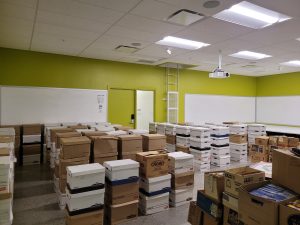
“It’s just like reading someone’s diaries,” Thamilini recounts. “It’s getting to know him, as a person and as a photographer.”
She’s thumbed through thousands of Chandra’s images. Not just celebrities and events, but temples, landscapes, architecture, a squirrel on top of a car. The glamorous and the mundane, one next to the other; equal in beauty through the photographer’s lens.
SASI has enlisted the help of UFV students to categorize the large collection. The photos serve as a powerful message to those who sort them, and the many others who will view the final collection.
“Now young people can say: this is home,” Satwinder states. “We’re always being told ‘go back.’ But this is Canada, this is our life. This is a record, this is evidence. We can say, ‘we were here.’”
Looking back on the work they’ve completed and the work still to come, Satwinder and Thamilini exchange a smile.
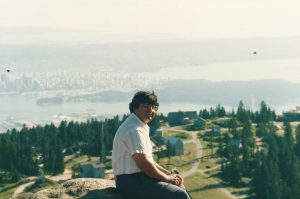 “It’s overwhelming at times,” Thamilini starts.
“It’s overwhelming at times,” Thamilini starts.
“But the amount of times we say his name now, he’s almost alive for us,” Satwinder adds. “He’s become part of us. You know, he’s not here… but he’s here.
“I hope his spirit and his work, his joy and his love is still going to come through with us. That, you can’t get rid of.”
Click here to learn more about SASI’s work with Chandra’s photos on their blog. When complete, the digitized collection will be available to view for free on the South Asian Canadian Digital Archive.



